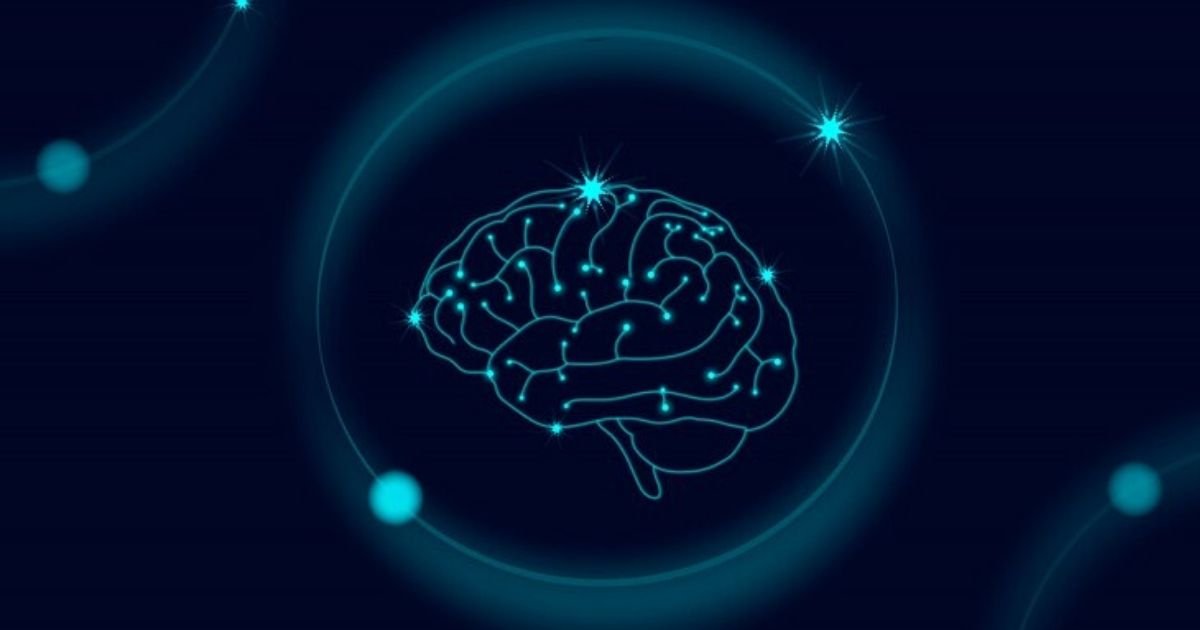The brain is an intricate web of connections, and one of the fascinating aspects of neuroscience is the concept of the brainpathjunction. This term refers to critical points where various neural pathways intersect, enabling complex communication within the brain. Understanding brainpath junctions is crucial for exploring neuroplasticity—the brain’s ability to reorganize itself by forming new connections throughout life.
In this article, we’ll dive deep into the workings of brainpath junctions, their role in neuroplasticity, and their implications for learning, memory, and recovery from injuries. Whether you’re a neuroscience enthusiast or someone looking to enhance their cognitive abilities, this comprehensive guide will provide valuable insights.
What Are Brainpathjunction?
brainpathjunction are specialized sites in the brain where multiple neural pathways converge. These junctions play a pivotal role in the integration and processing of information. Essentially, they serve as hubs that facilitate communication between different regions of the brain, allowing for a more cohesive understanding of stimuli and experiences.
Think of brainpathjunctions as busy intersections in a city. Just as traffic lights and signs help direct cars and pedestrians, brainpath junctions help neurons transmit signals efficiently, ensuring that information reaches its destination accurately and promptly.
The Role of Neuroplasticity
Neuroplasticity is the brain’s remarkable ability to adapt and change in response to experiences. It encompasses various processes, including the strengthening of existing connections, the formation of new pathways, and the reorganization of neural circuits. Brainpathjunctions are integral to this process, as they enable the dynamic reconfiguration of neural networks.
For instance, when learning a new skill, such as playing a musical instrument, brainpathjunctions facilitate communication between areas of the brain responsible for auditory processing, motor control, and memory. As you practice, these junctions become more efficient, allowing for smoother coordination and improved performance.
Types of Brainpath Junctions
Understanding the different types of brainpath junctions can help us appreciate their diverse roles in brain function:
Synaptic Junctions
Synaptic junctions are the most basic type of brainpath junction, where two neurons communicate through chemical signals. These junctions are crucial for transmitting information across the brain and are involved in every cognitive process, from reflex actions to complex decision-making.
Convergence Junctions
Convergence junctions occur when multiple neural pathways converge onto a single neuron. This type of junction allows for the integration of information from various sources, enhancing the brain’s ability to make sense of complex stimuli. For example, sensory information from multiple senses can be combined to create a more complete picture of our environment.
Divergence Junctions
Conversely, divergence junctions involve a single neuron sending signals to multiple downstream neurons. This branching allows for the amplification of signals and the dissemination of information across broader areas of the brain. Such junctions are essential in processes like reflexes, where a single stimulus can trigger widespread responses.
Feedback Junctions
Feedback junctions play a crucial role in regulating neural activity. They allow neurons to send signals back to their source, providing feedback that can either enhance or inhibit further signaling. This mechanism is vital for maintaining balance within neural networks and ensuring that the brain functions efficiently.
Brainpath Junctions and Learning
The connections formed at brainpath junctions are crucial for learning. As we acquire new knowledge and skills, our brains undergo significant changes. Here’s how brainpath junctions facilitate the learning process:
Enhancing Memory Retention
When we learn something new, the brain forms new connections at the junctions between neurons. These connections help encode memories, making it easier to retrieve information later. The more frequently a connection is used, the stronger it becomes, illustrating the saying, “neurons that fire together, wire together.”
Facilitating Skill Development
Learning a new skill involves multiple brain regions working together. Brainpath junctions allow for seamless communication between these areas, facilitating the coordination required for tasks like playing sports or mastering a new language. Over time, repeated practice strengthens these connections, leading to improved performance.
Brainpath Junctions in Recovery
In addition to learning, brainpath junctions play a vital role in recovery from brain injuries and neurological conditions. The brain’s capacity for neuroplasticity means it can reorganize itself after damage, creating new pathways to compensate for lost functions.
Rehabilitation and Therapy
Therapeutic approaches, such as physical therapy and cognitive rehabilitation, often leverage the principles of neuroplasticity. By engaging patients in targeted exercises, therapists can stimulate brainpath junctions, encouraging the formation of new connections and enhancing recovery.
Case Studies of Recovery
Numerous case studies illustrate the power of neuroplasticity in recovery. For instance, stroke survivors who engage in rehabilitation programs often experience significant improvements in mobility and cognitive function. This improvement is attributed to the brain’s ability to reorganize and compensate for the damaged areas by forming new connections at brainpath junctions.
The Impact of Lifestyle on Brainpath Junctions
Our daily activities can significantly influence the efficiency and strength of brainpath junctions. Here are some lifestyle factors that impact neuroplasticity:
Exercise
Physical activity has been shown to enhance neuroplasticity by promoting the release of neurotrophic factors—proteins that support neuron growth and survival. Regular exercise not only strengthens the brain’s connections but also improves overall cognitive function.
Diet
A balanced diet rich in omega-3 fatty acids, antioxidants, and other essential nutrients can support brain health. Foods such as fatty fish, berries, and leafy greens contribute to the maintenance and strengthening of brainpath junctions.
Mental Stimulation
Engaging in mentally stimulating activities, such as puzzles, reading, or learning a new language, can enhance neuroplasticity. These activities challenge the brain, promoting the formation of new connections and strengthening existing ones.
Social Interaction
Maintaining social connections and engaging in meaningful conversations can also support brain health. Social interaction stimulates various brain regions, reinforcing the connections at brainpath junctions.
Conclusion
Understanding brainpathjunction offers valuable insights into how our brains learn, adapt, and recover. These critical intersections facilitate communication within the brain, enabling us to acquire new skills, recover from injuries, and enhance our cognitive abilities. By recognizing the impact of lifestyle choices on neuroplasticity, we can take proactive steps to support brain health.
FAQs
What is a brainpathjunction?
A brainpath junction is a critical point in the brain where multiple neural pathways intersect, facilitating communication and information processing.
How does neuroplasticity relate to brainpath junctions?
Neuroplasticity is the brain’s ability to adapt and change, and brainpath junctions play a crucial role in forming new connections and reorganizing neural circuits.
Can lifestyle choices affect brainpath junctions?
Yes, factors such as exercise, diet, mental stimulation, and social interaction can influence the strength and efficiency of brainpath junctions.
How do brainpathjunction contribute to learning?
brainpathjunction facilitate the integration of information from various sources, enabling the formation of memories and the development of new skills.
What role do brainpathjunction play in recovery from injuries?
Brainpath junctions are vital in recovery, as they enable the brain to reorganize itself and form new connections to compensate for lost functions.











